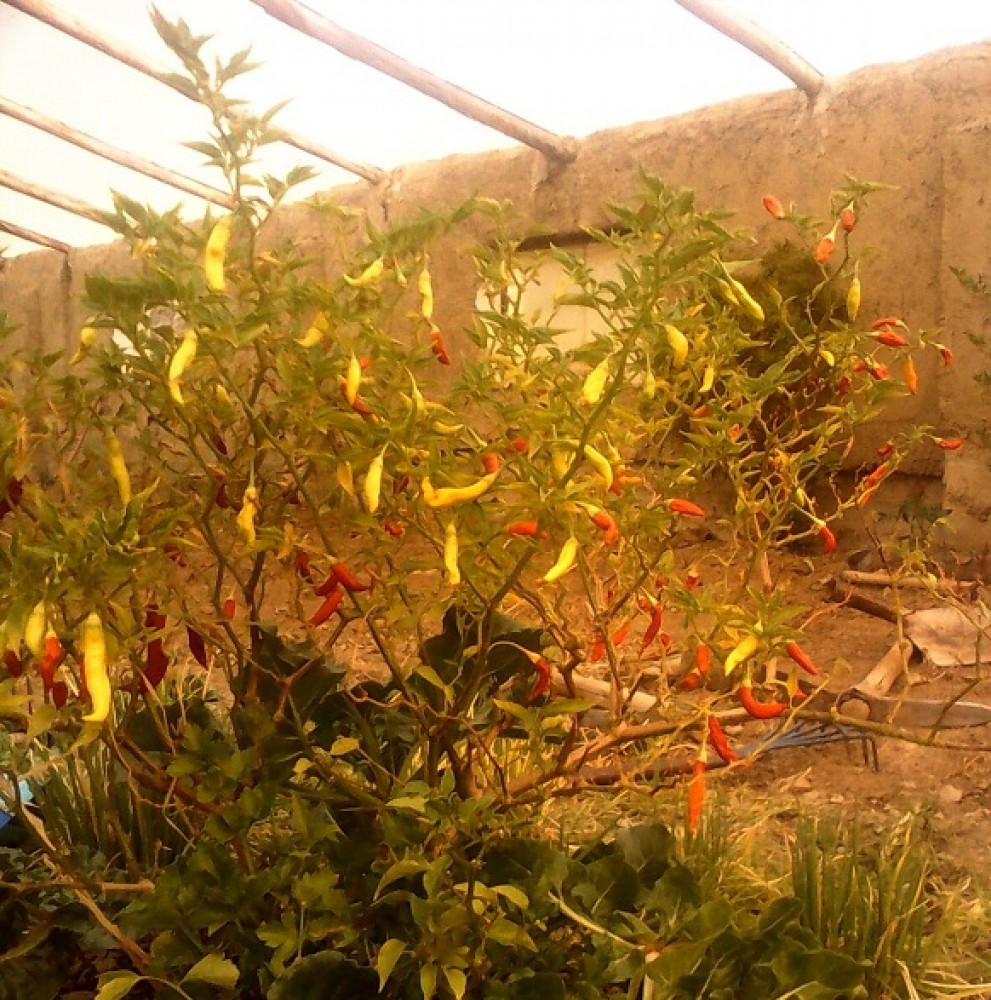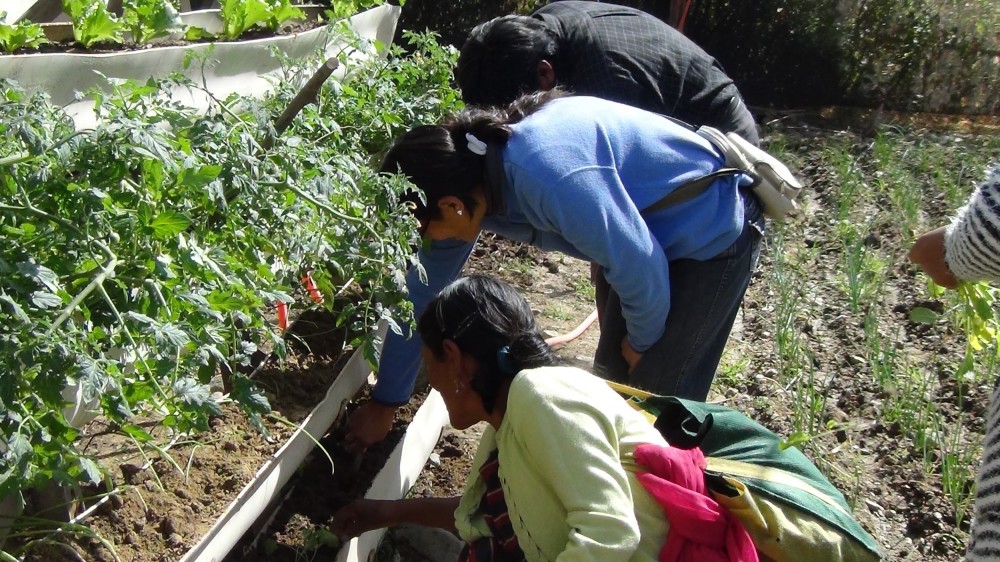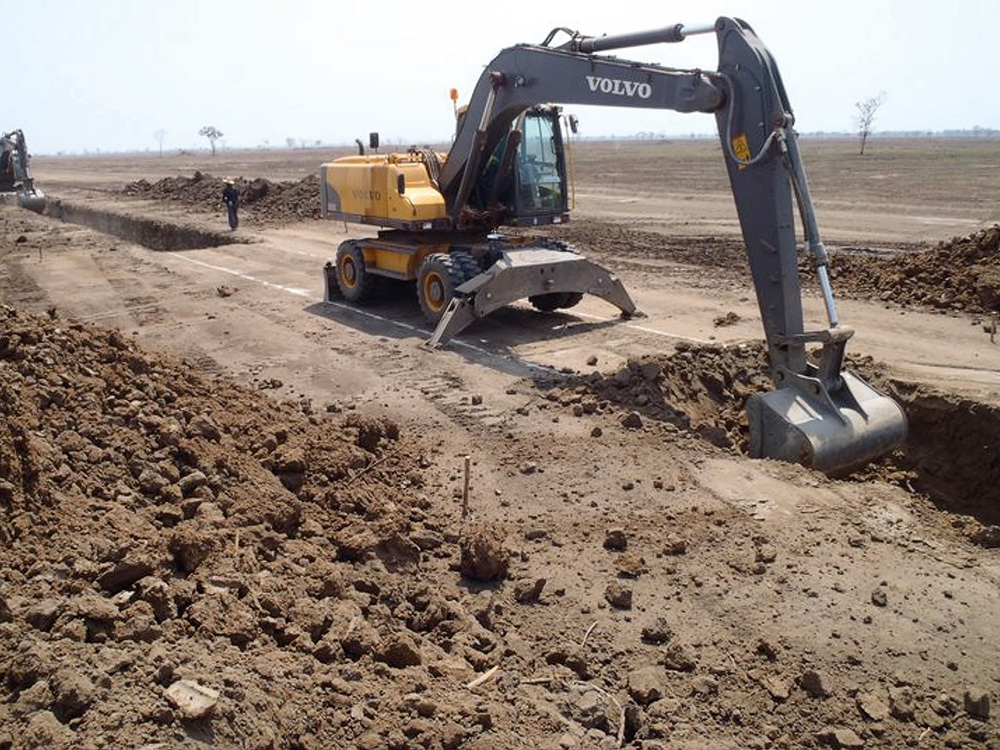Comunidad de Cerro Norte
El barrio de Cerro Norte constituye un territorio para muchos de sus habitantes, geográficamente ubicado en la frontera donde se acaba lo urbano y empieza lo rural, Cerro Norte ha sido un espacio forjado al calor de conflictos y luchas por el acceso a la tierra, a los servicios, al agua y a la soberanía alimentaria.








